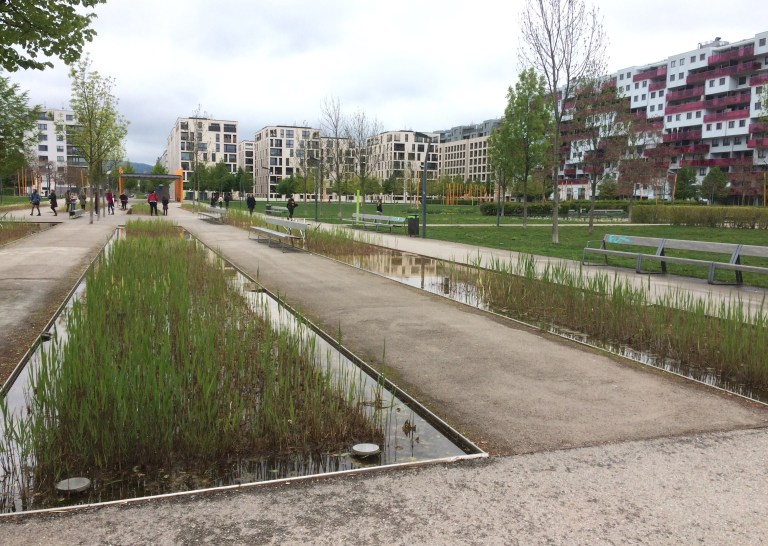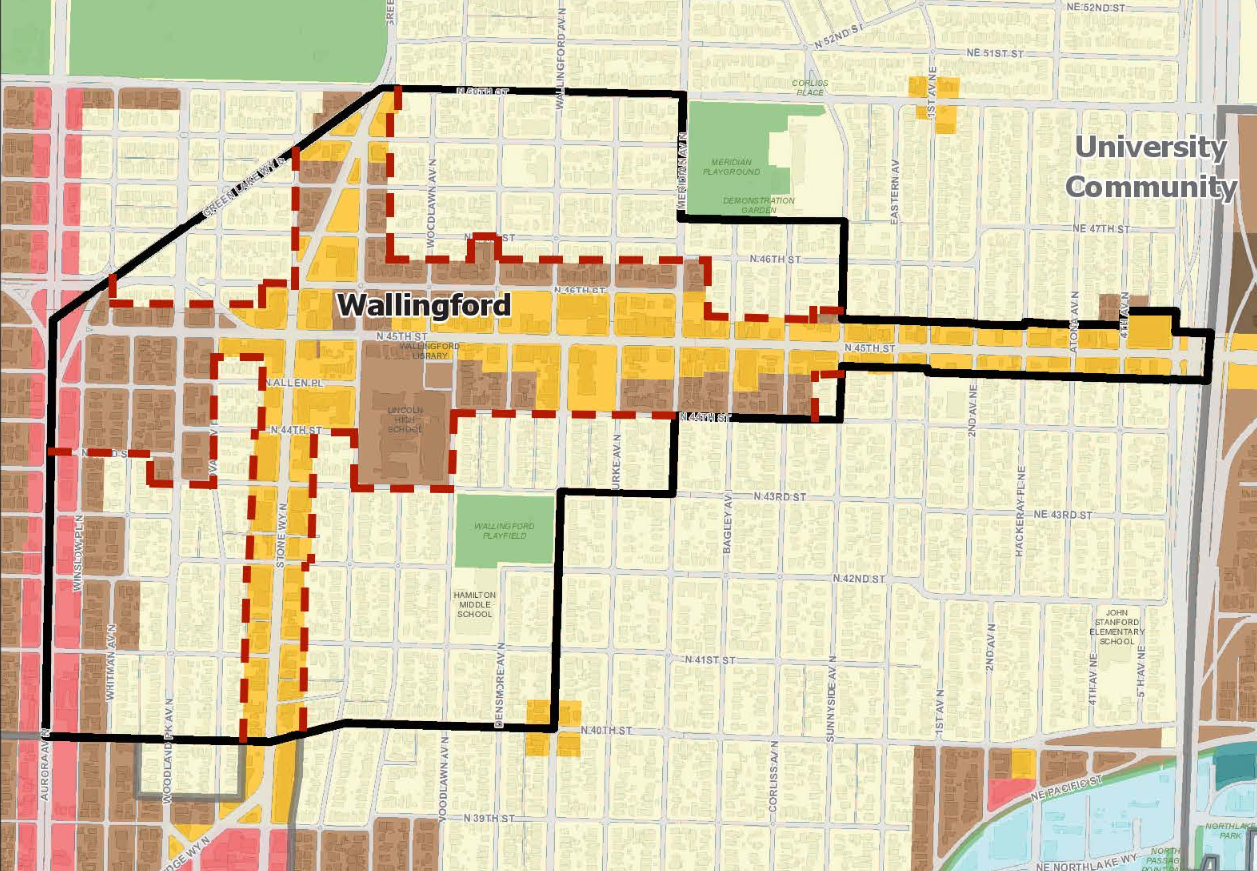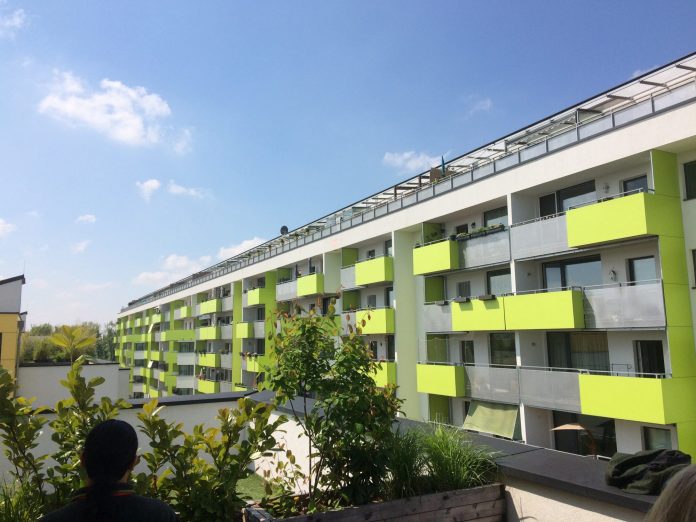Actually, Seattle needed a cohesive and comprehensive Wohnungspolitik 40 years ago, but late is better than never. What is a Wohnungspolitik? The literal translation from German is ”housing policies,” but I think a more nuanced translation is ”housing politics”–that is, the activities rather than the ideas—though both are important.
Wohnungspolitik sets the direction for affordable housing policies, how rents are regulated, what rights renters have, how cities grow, where cities grow, and who has the right to them. Wohnungspolitik can be a means of guiding a city to be more inclusive and equitable. In the United States, Wohnungspolitik have largely been oriented around homeownership, and have largely been about exclusion and exacerbating inequality.
Wohnungspolitik can give a discrete direction, or a guiding vision, towards how a city or state regulates or circumnavigates the housing market, or sets affordable housing policies. It can foster engagement and support on release of land, urban development, and renewal.
A comprehensive and active Wohnungspolitik is common in left-leaning European cities with a high quality of life. It shouldn’t be surprising that these cities are dominated by renters, and largely have democratic socialist or green leaders. In Europe, neither of these parties are beholden to homeowners and there is virtually no single-family zoning anyway (as it should be). It is surprisingly wonderful, actually. There is no unified Wohnungspolitik, and here in Germany, the B’90/die Grünen (Alliance ‘90/the Green Party), die Linke (the Left party), the SPD (Social Democratic Party of Germany), and others all generally have their Wohnungspolitik front and center.
Wohnungspolitik predate the European housing shortages of World War II, though their proliferation afterwards has had a significant effect on how cities have evolved the last 50 years. Housing crises prior to World War I led to the collaboration and creation of both nonprofit building societies, and large housing cooperatives—many still active today. It was a commanding and radical Wohnungspolitik that led to the rise of the socialist party in Red Vienna. Their Wohnungspolitik intersected with education, healthcare, transportation, and employment, and shaped housing policies that continue to contribute to Vienna’s high quality of life today. It’s is a Wohnungspolitik that has led to dense, livable, sustainable, transit-adjacent housing complexes, interlaced with schools, daycares, and community amenities—all with a high level of economic diversity.

The city of Zurich maintains an active Wohnungspolitik as well. In 2011, a referendum was passed clarifying that public land should be utilized for housing cooperatives. By 2050, the city is planning for a third of all rentals to be a form of nonprofit housing—a policy that is directly influenced by the referendum (as a comparison, in Seattle, less than 10% of all rentals are nonprofit). Some of the most stunning cooperatives I’ve ever seen are in Zurich (some long, good reads here and here).
Munich’s had an active Wohnungspolitik for decades, the latest policies revolve around a progressive and rapid push for new mixed-income, mixed-tenure housing and neighborhoods, called the Wohnungsbauoffensive. These new urban neighborhoods—like Freiham Nord—are dense and incorporate jobs, schools, daycares, transit, bike ways, open space, and provide an excellent model of how to grow more sustainably and equitably. Likewise, Leipzig has some great policies, and maintains wonderful publications on its own Wohnungspolitik, clarifying what its aims are, for whomst, and why.

With growing homelessness, stagnant wages exacerbating housing unaffordability, and exclusionary zoning induced supercommutes—there is much need, and much urgency. However, in part, due to the influence of both tenants’ rights and YIMBYish groups, we are seeing a resurgence in housing politics at the national level, and it is incredibly encouraging. The People’s Policy Project released a report on Social Housing last year. Data for Progress released their Homes For All report in May. Last month, People’s Action’s Homes Guarantee paper was also dropped.
On the political side, Rep. Alexandria Ocasio-Cortez, Sen. Bernie Sanders, and Sen. Elizabeth Warren have all put forth some of the most progressive housing platforms since The New Deal. There is also a groundswell at the local level. In Seattle, District 4 candidate Shaun Scott has vociferously argued for some of the most progressive, pro-renter housing policies we’ve seen in a long time—and importantly, tying those policies to addressing inequality and climate change. Notably, his conservative, corporate-backed opponent is a NIMBY backed by the same wealthy homeowners who have spent decades exacerbating Seattle’s housing crisis by working to block new housing from most of the city’s land area.

The politics of housing in Seattle have been dominated by homeowners for nearly a century, despite a significant share of renters for decades. It was homeowners who pushed the city to adopt a zoning ordinance in 1923, making it illegal to build apartments in most of the city and further entrench the region’s sprawl for decades to come. It was homeowners who killed the Open Housing referendum in 1964. It was homeowners who prevented the city from building low-income missing middle housing in single-family zones in the 1970s. It was homeowners who killed rent control in the 1980s. It was homeowners who dominated neighborhood planning of the 1990s, killing a 25% affordable housing requirement and increasing displacement risk by limiting new housing to where existing multifamily homes already existed.
It was a glorified homeowners association (HOA) that sued the city to kill the modest affordable housing rezones of MHA. It was homeowners that sued to delay Fort Lawton’s affordable housing for a decade. It was homeowners that abused the State Environmental Policy Act (SEPA) to try and kill accessory dwelling unit liberalization. It was homeowners that tried to kill parking reform… You see where I am going on this.
Today, according to the latest American Community Survey (ACS) data, Seattle is majority renter, and it isn’t even close. As the city continues to densify, this gap will continue to increase. However, this is a great thing for progressive policies, especially around housing and land use.
Wohnungspolitik affect us all. It affects how we live, how large our carbon footprints are. It consumes much of our income. The policies that have affected housing in the United States have largely been drawn up behind closed doors to the benefit of the wealthy. An active Wohnungspolitikcan bring clarity and transparency. It can also bring sustainability and solidarity. It provides support for non-market interventions like social housing, baugruppen, cooperatives, or dense, car-free, mixed income ecodistricts. No, an active Wohnungspolitik won’t solve capitalism. It won’t solve the housing crisis by itself. But an active Wohnungspolitikcan blunt the effects of an economic system that favors the wealthy, and repeatedly, cruelly strips power and dignity from the working and middle class. And this… This is why Seattle needs a Wohnungspolitik.
This is a cross-post from Mike Eliason’s medium blog.
Mike is the founder of Larch Lab, an architecture and urbanism think and do tank focusing on prefabricated, decarbonized, climate-adaptive, low-energy urban buildings; sustainable mobility; livable ecodistricts. He is also a dad, writer, and researcher with a passion for passivhaus buildings, baugruppen, social housing, livable cities, and car-free streets. After living in Freiburg, Mike spent 15 years raising his family - nearly car-free, in Fremont. After a brief sojourn to study mass timber buildings in Bayern, he has returned to jumpstart a baugruppe movement and help build a more sustainable, equitable, and livable Seattle. Ohne autos.


